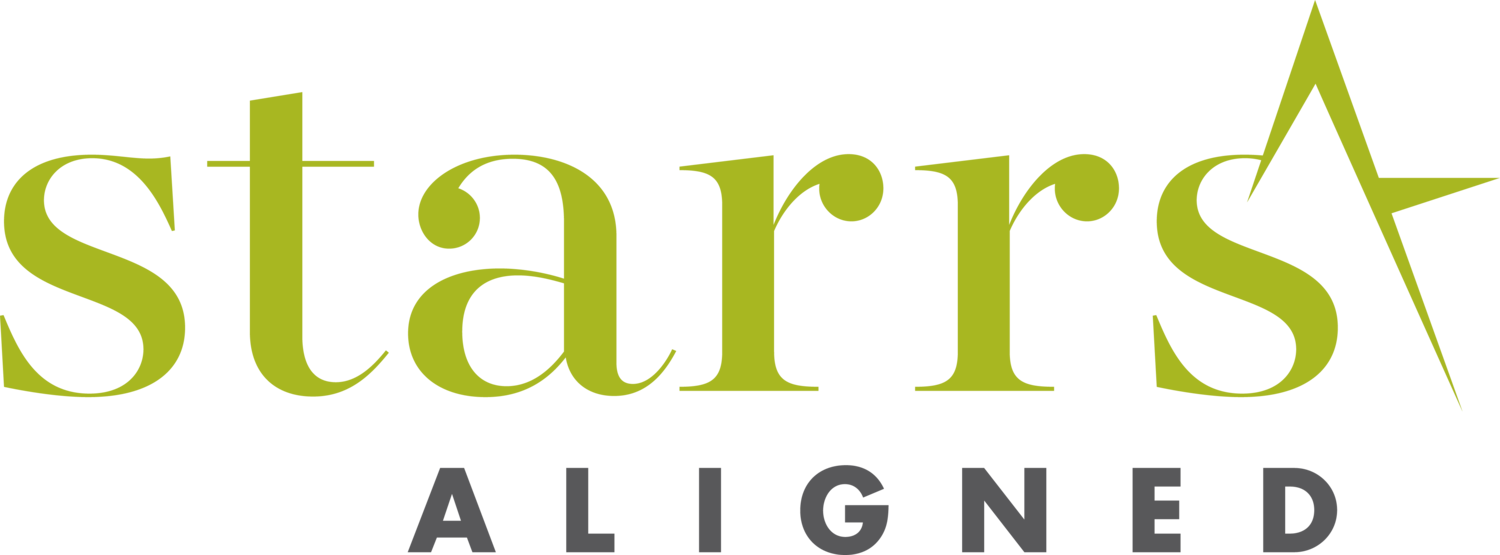Shared Goals, Shared Mission
Organization: Dana-Farber Cancer Institute
Founded in 1947 as the Children's Cancer Research Foundation by Sidney Farber, MD, DFCI provided compassionate, state-of-the-art treatment to children with cancer while developing the cancer preventatives, treatments, and cures of the future. By 1983, acknowledging the long-term support of the Charles A. Dana Foundation, the Institute became known as Dana-Farber Cancer Institute.
Today, the Institute employs more than 5,000 staff, faculty, and clinicians supporting more than 640,000 annual outpatient visits, more than 1,000 hospital discharges per year, and has over 1,100 open clinical trials. Dana-Farber is internationally renowned for its equal commitment to cutting edge research and provision of excellent patient care. The deep expertise in these two areas uniquely positions Dana-Farber to develop, test, and gain FDA approval for new cancer therapies in its laboratories and clinical settings. A principal teaching affiliate of Harvard Medical School, a federally designated Center for AIDS Research, and a founding member of the Dana-Farber/Harvard Cancer Center, a federally designated comprehensive cancer center. Dana-Farber also maintains affiliations with several schools of nursing in the Boston area.
The Challenge
With the arrival of the renowned Howard Hughes Investigator, Stanley Korsmeyer, MD, in the late 1990’s, it became clear that the Development team would need to create a new funding source outside of its usual base of grateful patients and families to support the proof of principle work that would garner large government grants for Dr. Korsmeyer’s work. Considered one of the nation's leading molecular biologists, Dr. Korsmeyer was best known for his pioneering work on the regulation of programmed cell death—apoptosis—and its role in cancer causation. Until that point, Dana-Farber’s robust individual donor pool did not especially support basic science research.
Working closely with Dr. Korsmeyer, who understood the role big data and bio-informatics would play in cancer treatments, Ellie and her team looked to the Board and greater Boston tech community and identified and recruited 5 high-tech pioneers to form the High-Tech Fund with initial gifts of $1M each raising half of the original goal of $10M. Stan named this group, Jim Dow, Mike Champa, Paul Severino, Roger Marino and Jack Blais, his “hi-tech angels.”
The group of 5 donors became enthused and wanted to do more and learn more. The research evolved and required more funds to expand and accelerate the design and development of cancer treatments. From their initial generosity a golf tournament was launched raising hundreds of thousands more, but new ideas needed to be explored in order to widen the circle of support and raise funds for this ground-breaking research.
Following the initial success of the High-Tech Fund, Ellie and her team recognized that this group of “techies” wanted more access to learn about the cutting research and felt their circle of friends and colleagues would want the same. Ellie and her colleagues created and launched the CSO Forum. Named for the opportunity to be “up close and personal” with the Chief Scientific Officer, Barrett Rollins, MD PhD, the forums met 3 times a year and became a tremendous resource for identifying, cultivating and stewarding donors for research. After more than a dozen years, this group and this effort contributed more than $75M to the $1.1B Mission Possible Campaign.




